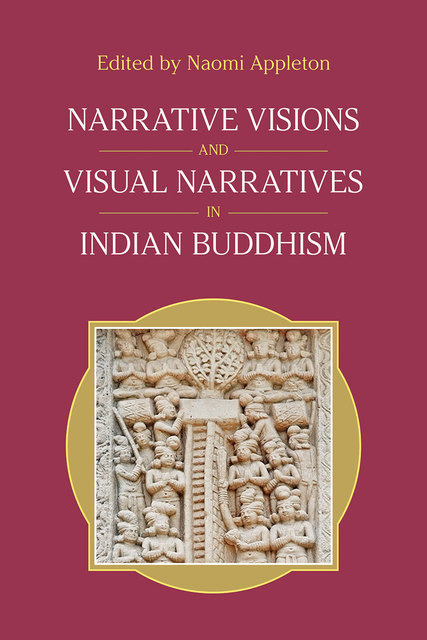Appleton/Narrative Visions, 3. The Power of Image and Imagery

Full description
This chapter looks more closely at a key narrative motif or character type as a way to explore similar questions about the relationship between visual and verbal narratives. Early Buddhist narratives use striking imagery to distinguish the divine from the human. This is particularly so where the divine is surrounded by beings that are human in more ways than one. The techniques of contrast used in early Buddhist paintings to define that which is divine and distinguish it from the human appear to be grounded in pictorial conventions shaped both by oral and textual traditions, with the oral probably contributing in significant measure. This human-divine distinction – be it in the visual image or in the text – does not stop with form and metaphor; rather, it goes well beyond to visualise complex philosophical concepts. This chapter draws upon examples from the 5th century paintings of Ajaṇṭā to illustrate this point. In doing so, it juxtaposes the visual image with the ‘visual text’ to probe an aesthetic that is philosophical and hence edifying. The chapter also explores the painted image as a distinct mode of communication to better understand how powerful visuals impact the images of the mind, through that transformative phenomenon we know as darśana. As such, it also serves as a bridge to the final part of the volume.
- typeImage
- created on
- file formatjpeg
- file size174 KB
- container titleNarrative Visions and Visual Narratives in Indian Buddhism
- creatorMadhulika Reddy
- isbn9781800501324 (eBook)
- publisherEquinox Publishing Ltd.
- publisher placeSheffield, United Kingdom
- rightsEquinox Publishing Ltd.
- doi
We use cookies to analyze our traffic. Please decide if you are willing to accept cookies from our website. You can change this setting anytime in Privacy Settings.
